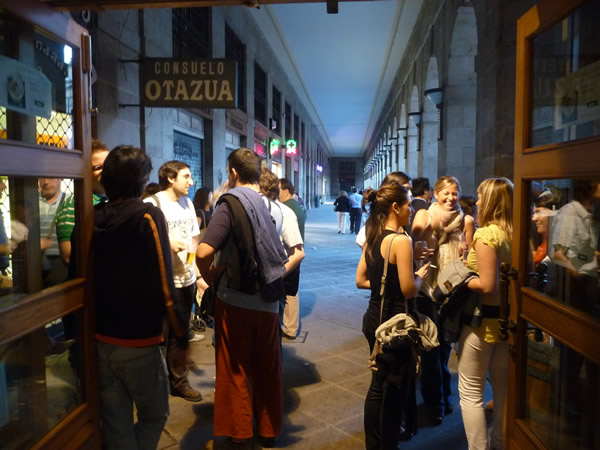Successful places have many connectors, who might be organizations or individuals. These connectors and facilitators stand above the nitty gritty of the day to day, important as this is, and look at ‘what really matters’ and where opportunities lie.
By standing above the fray they can focus on bringing people, organizations, ideas and resources together and avoid getting involved in interest group politics. They take an eagle-eye view of things and rove over concerns and see lines of alignment, partnering potential and synergies between supposedly disparate things. They look for the common agenda and highlight issues many view as not of prime importance as it is not their main raison d’etre. In silo based cultures many issues slip through under-acknowledged, yet they may be the most important task for a place or organization. Examples include: how a city deals with a lack of self-confidence; or the ability to see joint interests of the old and the young; or how foster human potential, a task well beyond the educational sector. After all school or university occupies only five to seven hours a day yet we behave as if it were 24 hours. Some of the most effective learning outcomes happen outside formal institutions.
The connector person or organization has a difficult role to play. They need to present themselves as beyond self-interest and be both powerful and not powerful simultaneously. Its needs power to draw credible people and organizations together. If it takes too much credit others will be jealous, yet it needs authority to operate. The connector needs an unusual set of qualities, they include: Sharp focus, clarity, strategic intent, diplomatic skills, flexibility, the capacity to read situations and deal with power play; strong conceptual thinking to understand the essence of arguments, summarizing skills, the ability to chair and make meetings work.
Being a connector is a creative activity

